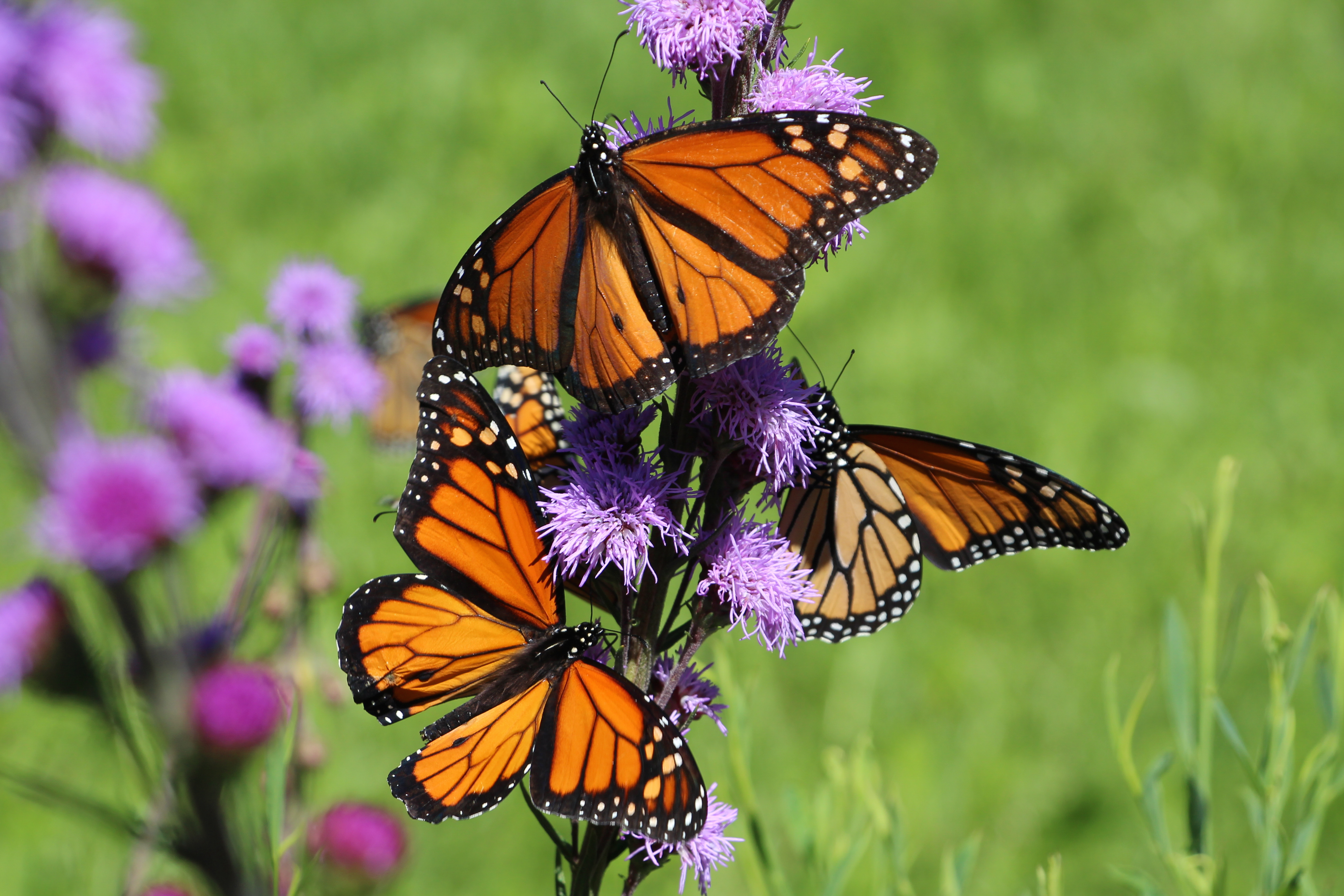Learn How You Can Save A Monarch
It's Easier Than You May Think




Monarch butterflies are probably the most recognized butterfly in the world. You can't miss their vibrant orange-colored wings. The Monarch engages in one of the most incredible cross-continental journeys. They can travel 3,000+ miles. Their migration spans from Canada and the northern United States to Mexico and back again. Each fall millions of Monarch butterflies migrate to overwintering sites in Mexico and parts of California. They retrun north in the spring to start their cycle of life again, by laying eggs on the milkweed plant.
The population of Monarch Butterflies are declining at a fast pace. Their migration is also on the decline for many reasons. The choice to plant non-native or hybrid plants, instead of milkweed, limits the number of catepillars that can make it to the chyrsalis stage. Milkweed is the only food source this catepillar can eat. Choosing hybrid plants also limits food for the adult butterfly and many other insects. While hybrids may be pretty, they are alien to insects of all kinds and replace their natural food sources. Illegal logging and deforestation in overwintering sites, leaves little or no habit for the Monarch to spend the winter. Losing the Monarch, is just the beginning of losing our pollinators. Don't let this incredible and spectacular migration disappear.
You can do your part by learning about the lifecycle of the Monarch and their needs. You can plant milkweed; the host plant for their caterpillar. You can also plant native nectar producing plants for the adult butterflies to feed on. Or, you can donate to conservation for saving the Monarch. These small steps can make a big impact on helping the Monarch butterfly thrive. It will also help all our pollinators survive.